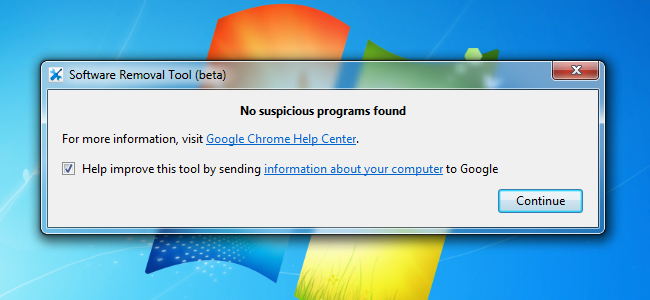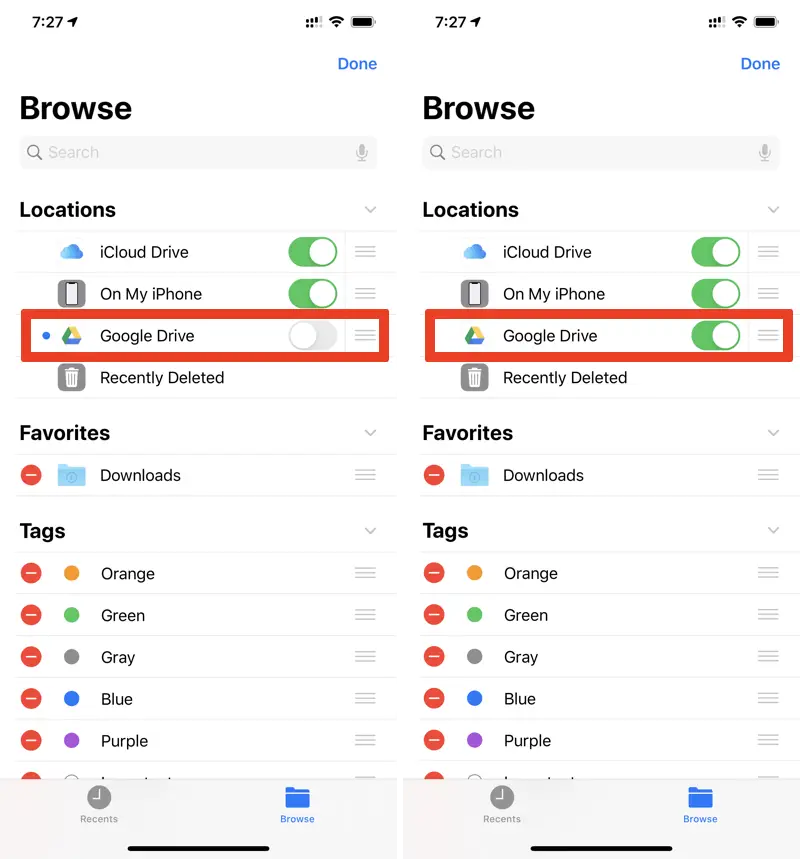

- GOOGLE DRIVE FOR MAC CRASHES HOW TO
- GOOGLE DRIVE FOR MAC CRASHES UPDATE
- GOOGLE DRIVE FOR MAC CRASHES FULL
- GOOGLE DRIVE FOR MAC CRASHES WINDOWS
If you are using an older Mac machine (e.g. Step 7: Safari might not be the culprit of your freezing problems. It’s also a good habit to make sure any remaining extensions are up to date and using their latest patches. If you suspect one specific extension as the root of the problem, you can try uninstalling just that one and running a comparison. You should use the “uninstall” button to remove any extensions you don’t use and uncheck the “enable” box for any plugins that you use only on occasions. Inside this tab, you will see a list of third-party extensions you have enabled or installed in Safari. Step 6: Clear up lagging extensions by going to SAFARI > PREFERENCES, and then navigating to the “Extensions” tab. You should clear your cache and history regularly to keep Safari in its best shape. This will wipe the cache and help Safari avoid random crashes or freezings in the future. You should clear the most amount of history/cache you are comfortable with, and choose “All History” for best results. However, this information is supposed to be temporary and might be bogging you down. The cache is a location on your Mac that Safari stores information in to load certain resources more quickly. Step 5: Go to HISTORY and then choose “Clear History and Website Data”. As of this writing, the latest Safari version is 12.0.
GOOGLE DRIVE FOR MAC CRASHES UPDATE
If it’s not the most current version (like in the image below), check the Mac App Store for a Safari update, which is frequently bundled with all the macOS update (but can be executed alone). This will open a new window with your Safari version listed. Then go to the top right and choose SAFARI > ABOUT. Step 4: Check if your Safari is up to date by reopening the app.

Then press the power button again to restart your computer. If your entire computer is frozen, and not just Safari, you’ll need to hold the power button for three seconds until the screen goes dark. Step 3: Force quit Safari by CONTROL + MOUSE clicking the Safari icon in the dock, and then choosing “QUIT” or “FORCE QUIT”. The typical symptom is that your computer heats up quick with the fan running wild. Pay attention to those web pages that have heavy flash/video ads, they are often the “culprits” of slow Safari issues and tend to tax your Mac performance as well. You can close background applications to assist in this process, but if you don’t like to wait, then you can skip to the next step. Sometimes the hanging symbol is actually just that and will go away after a minute or so. By no means you should follow the exact step number, it’s totally okay to jump to the right step that best fits your situation. Please note that the step-by-step instructions below are for general diagnosis and fixing only.
GOOGLE DRIVE FOR MAC CRASHES HOW TO
How to Fix Safari When It Freezes or Crashes?

GOOGLE DRIVE FOR MAC CRASHES FULL
GOOGLE DRIVE FOR MAC CRASHES WINDOWS

It can be hard to know exactly what is making Safari freeze or crash unless you have an Apple geek analyze the crash reports - which is close to impossible for many of us. So why does Safari keep crashing or freezing up? We’ll quickly explore the possible reasons, before getting to the fix solutions. To be honest, it’s very frustrating to see Safari keeps freezing even crashing on my Mac, and force quitting often seems the last choice I could make. I’ve had to force quit Safari on multiple occasions. One minute you’re opening a new tab, and the next you’re staring a bright beach ball while hopelessly clicking the mouse or tapping on the trackpad. However, we’ve all experienced the pinwheel of death at some point. Over the years it has become increasingly powerful, and Apple is always updating and improving it. I enjoy browsing with Safari, Apple’s built-in web browser for all their Mac computers.


 0 kommentar(er)
0 kommentar(er)
